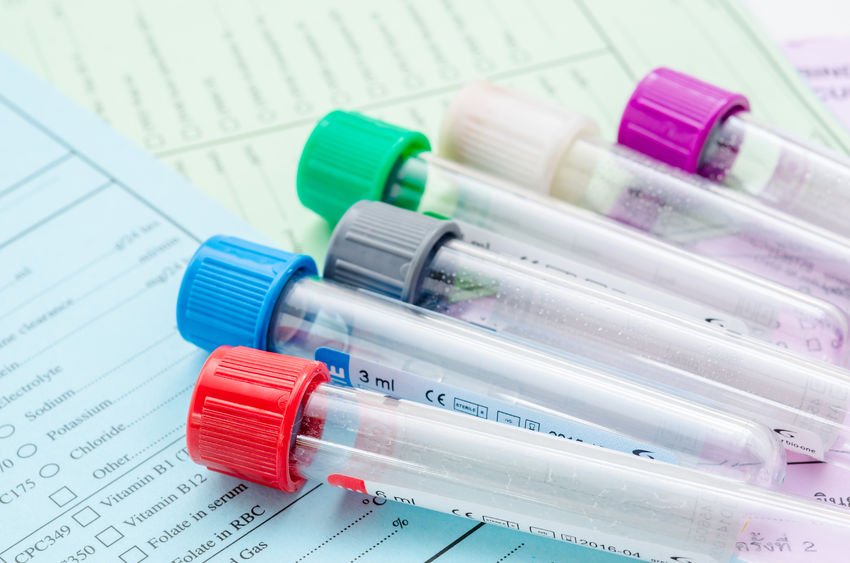
Culture And Sensitivity Anaerobic Bile
What is this test?
Bile may be cultured to test the sensitivity of the bacteria. This test helps in diagnosing the cause of infection in the gallbladder. The goal is to see if there is anaerobic infection present in the bile. For this test, bile may be collected by your healthcare provider and to the laboratory. immediately.
What is bile?
Bile is a digestive fluid produced and released by the liver. It is a green to a yellowish brown colored fluid. It is stored in the gallbladder. It helps in the breakdown of fats into fatty acids and thus helps in digestion. It contains cholesterol, bilirubin, bile salts, water, body salts, etc. From the gallbladder bile is released into the duodenum (a part of the intestine) for digestion via bile ducts. Biliary obstruction or blockage of bile duct may result in accumulation of bilirubin in the blood. Variety of conditions and diseases can cause biliary obstruction. Infections are one condition amongst that.
What are anaerobic bacteria?
Anaerobic bacteria are bacteria that can not survive in the presence of oxygen. Some of the examples of anaerobic bacteria are Staphylococcus, E.Coli, Clostridium, Actinomyces, Acetobacterium, etc. The growth of anaerobic bacteria causes anaerobic infections. Anaerobic infections can occur when deep tissues are injured or exposed. This can occur due to surgery or trauma, etc. The risk factors of getting an anaerobic infection are diabetes, a weak immune system, low blood flow, staph infection, open wounds, etc. The common symptoms of anaerobic infection are smelly discharge, pus-filled abscess, discoloration of the infected area, etc.
Why this test is performed?
This test may be recommended to you if you are suspected to have any infections in the liver or biliary system. This test may be specially performed to check if the infection is due to anaerobic bacteria or not. This test is also recommended to plan the treatment according to the type of bacteria. The test is also recommended to check the effectiveness of the treatment given.
Also known as C/S Anaerobic Bile.
Test Preparation
Inform your doctor if you are on any medications, have any allergies or underlying medical conditions before your Culture And Sensitivity Anaerobic Bile. Your doctor will give specific instructions depending on your condition on how to prepare for Culture And Sensitivity Anaerobic Bile.
No specific preparation is required for this bile culture and sensitivity test.
Understanding your test results
The normal test results may vary depending on age, health history, medical condition, etc.
If your test results show negative it means there is no growth of anaerobic bacteria.
If your test results show positive it may indicate that you may have an anaerobic bacterial infection in the liver or biliary system.
If you get abnormal test results, consult your doctor immediately with your lab test reports.
| Gender | Age groups | Value |
| UNISEX | All age groups | The growth depends on the infecting organism. Clearing around the disc indicates organism is sensitive to antibiotic |

